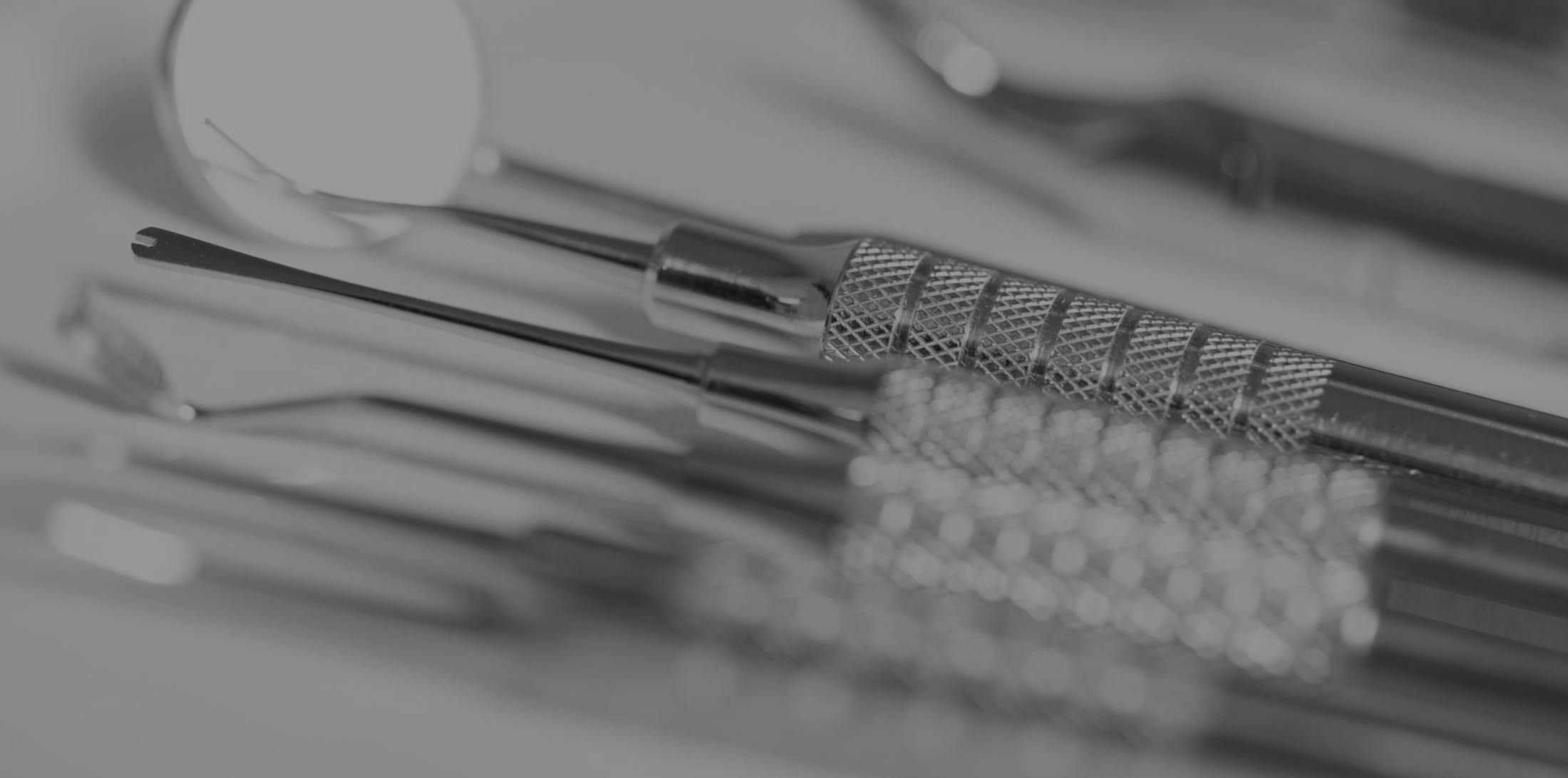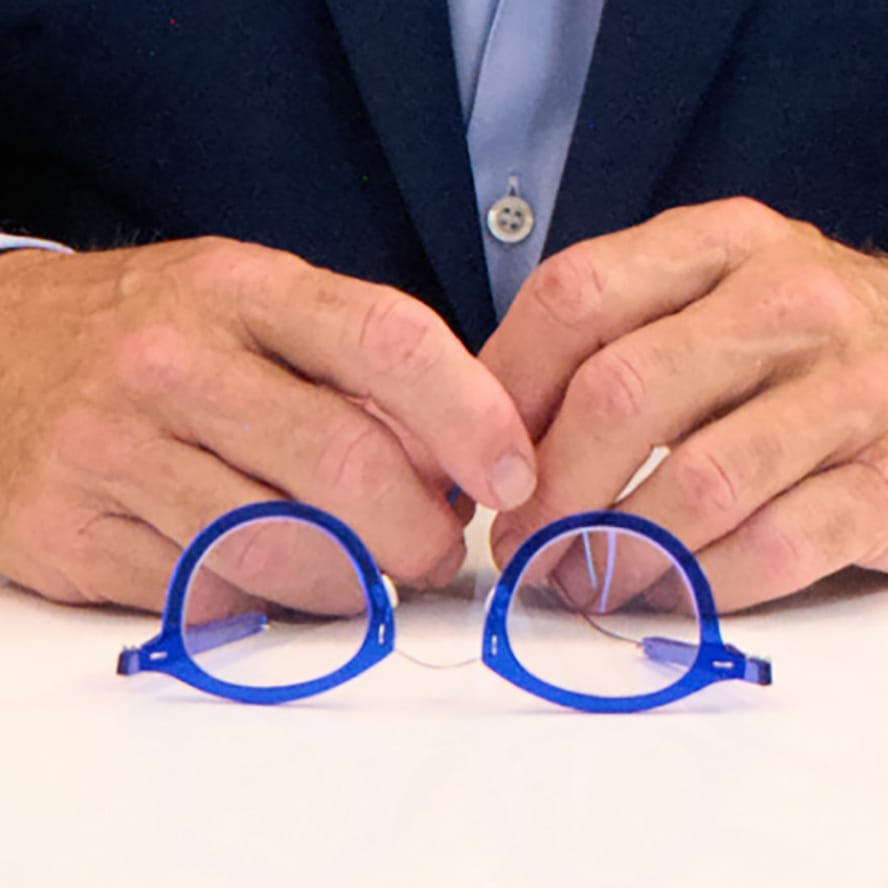Treat gum disease effectively and comfortably with minimally invasive laser technology, promoting fast healing and optimal gum health.
What Is It?
Laser dentistry is a cutting-edge technique for treating periodontal disease and other common dental complaints without requiring invasive scalpels or sutures. This advanced method removes harmful bacteria and reduces inflammation by harnessing the power of lasers and light energy. At the same time, it preserves healthy gum tissue.
Beyond its role in gum disease therapy, laser technology may offer additional benefits:
- Regenerative effects: Helps restore tissue lost to infection.
- Gum reshaping: Gently reshapes gums for a more balanced smile.
- Filling preparation: Prepares teeth for fillings without dental drills or anesthesia.
With no unnecessary discomfort, it’s a transformative step forward in dental care, especially alongside a biological dentistry approach to oral wellness.
This is exactly how we approach your oral health at Rejuvenation Dentistry, ensuring that your treatment balances preventive care while protecting your oral microbiome.








